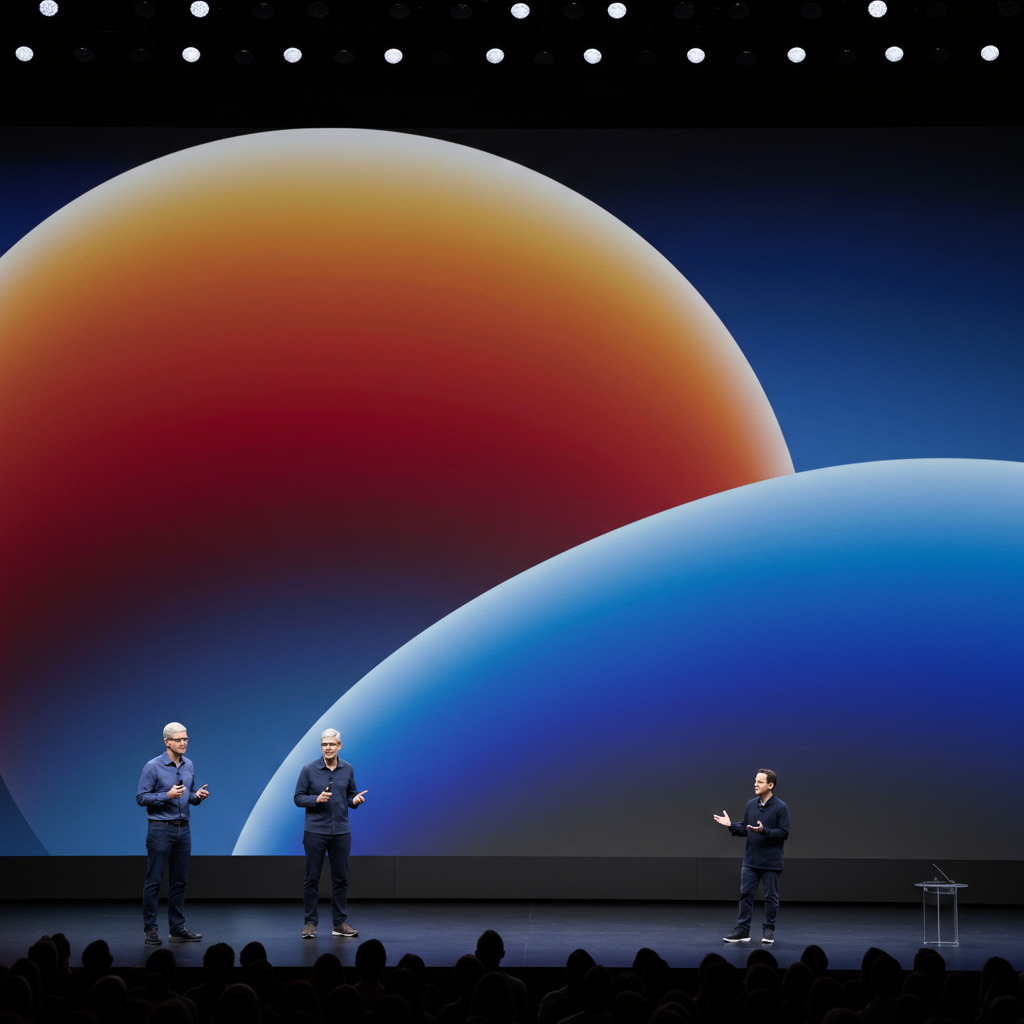Leaders
Apple’s AI Era Challenge: Balancing Control and Opening Up
Apple’s annual developer conference is typically a showcase of the tech giant’s mastery over its tightly integrated ecosystem. On home turf in Cupertino, California, executives recently unveiled a glossy visual refresh for operating systems and highlighted features designed to pull Apple devices into even closer harmony. While the new “liquid glass” styling might offer a superficial new sheen, the underlying reality suggests that Apple’s traditional model of tight control, once a significant asset, may now be evolving into a liability, particularly in the rapidly accelerating age of artificial intelligence (AI).
The Strength of the Walled Garden, Until Now
For decades, Apple’s success has been deeply rooted in its meticulously controlled “walled garden” ecosystem. By designing both the hardware and software and maintaining strict oversight, Apple has delivered seamless user experiences, strong security, and a consistent brand identity. This integrated approach fostered fierce customer loyalty and premium pricing power. However, the AI revolution presents a new challenge that may require a different strategy.
Major tech players understand that power in the digital age comes not just from individual products but from creating integrated ecosystems that make it convenient for users to stay within their services. AI is accelerating this trend, with companies vying to embed intelligence deeply into user workflows and daily interactions. While existing giants like Google and Apple have extensive hardware and software bases into which they can integrate AI, the competitive landscape is intense, and user retention is paramount. Companies, even AI-first ones like OpenAI, are actively developing tactics—from personalized user experiences based on interaction history to targeted free access programs—to cultivate long-term loyalty and prevent users from switching platforms.
Navigating the AI Shift: Apple Intelligence and Its Limits
Apple recently offered its vision for integrating AI with the unveiling of “Apple Intelligence.” This suite of features aims to leverage AI across its operating systems, promising enhanced productivity and personalization. A key component of Apple’s strategy is a focus on privacy, introducing a novel cloud infrastructure called Private Cloud Compute (PCC). Designed to handle complex AI tasks that can’t run solely on-device, PCC reportedly runs on Apple’s own silicon and functions as a secure, private extension of the user’s device, aiming to make accessing data extremely difficult, even for Apple itself. This approach attempts to maintain Apple’s core privacy promise while still tapping into cloud processing power needed for advanced AI.
This strategy stands in contrast to, yet also shares similarities with, other hybrid AI models in the industry, such as those found on Android devices which balance on-device processing with cloud capabilities. While platforms like Android and Google also emphasize privacy measures in their cloud services, Apple is attempting to set a “brand-new standard” with verifiable transparency mechanisms for PCC.
The Unavoidable Need to “Open Up”: The OpenAI Partnership
Despite Apple’s efforts to build its own privacy-focused AI infrastructure, the company has also acknowledged the need to leverage powerful external models. This became evident with the significant announcement of a partnership bringing ChatGPT capabilities from OpenAI directly to Apple devices. This collaboration represents a notable instance of Apple opening its tightly controlled ecosystem to a major third-party AI provider.
While Apple states that user permission is required before queries are shared with ChatGPT, and identifying information like IP addresses are obscured, the integration means that for those specific interactions, users are subject to OpenAI’s data use policies. This immediately sparked debate, including concerns from figures like Elon Musk, highlighting the inherent tension between Apple’s stringent privacy narrative and the reality of routing user queries through a separate entity’s cloud service.
The Balancing Act Ahead
Integrating AI effectively often requires access to vast amounts of data and the ability to rapidly incorporate cutting-edge model advancements, which may originate outside a single company’s walls. Apple’s historical strength in maintaining a closed loop for quality control now faces the challenge of needing some degree of openness—whether through partnerships like the one with OpenAI or potential future integrations—to remain competitive in the AI race.
The danger for Apple is that its rigid control becomes a bottleneck, hindering its ability to quickly deploy the most advanced AI features compared to competitors leveraging more open or varied approaches. The partnership with OpenAI is a tacit acknowledgment of this reality.
Apple’s future success in the age of AI hinges on its ability to delicately balance its foundational principles of privacy and control with the imperative to “open up” strategically. This means finding ways to integrate external AI power and capabilities without fundamentally compromising the user trust and seamless experience that the walled garden historically provided. How well Apple navigates this tension between its legacy of control and the demands of the open, rapidly evolving AI landscape will define its trajectory for the next decade.




